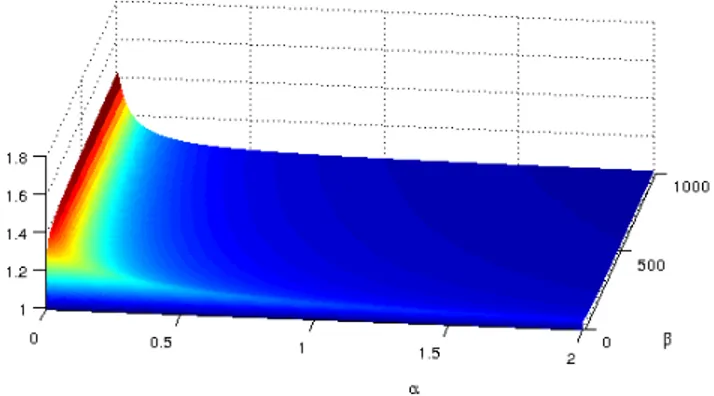On the Efficiency of Non-Cooperative Load Balancing
Texte intégral
Figure




Documents relatifs
Using the pharmacological inhibitor of conventional PKCs (cPKCs), Gö6976, we demonstrated that this family of kinases was involved in TLR3, TLR4 and RIG-1/ MDA-5 signaling
Using a simulation based on real-world data, we demonstrate the possibility to exploit the potential of compensation balancing demand offered by spatial load
Then, we present an experimental evaluation and a performance comparison of these partitioning algorithms and cost-estimation policies on a large scale parallel
This paper presents SHELL, a stateless application-aware load-balancer combining (i) a power-of-choices scheme using IPv6 Segment Routing to dispatch new flows to a suitable
When a query (typically, a TCP SYN packet as part of a connection request) for a VIP arrives at the load-balancer, the load-balancer will select a set of candidate servers which host
As in the case of a single class, we deduce from Theorem 2 that there exists an optimal admissible load balancing which is simple, for both the overall blocking probability and
The success of deep learning inspired a spectrum of different research topics from theoretical understanding, to applying and adapting deep neural networks to the structures of
In this letter, we show that spatial correlations between rupture events in 2d do not affect the dependence of the energy barrier on disorder but only the coupling between disorder